
Border Crisis: CBP Fights Child Exploitation
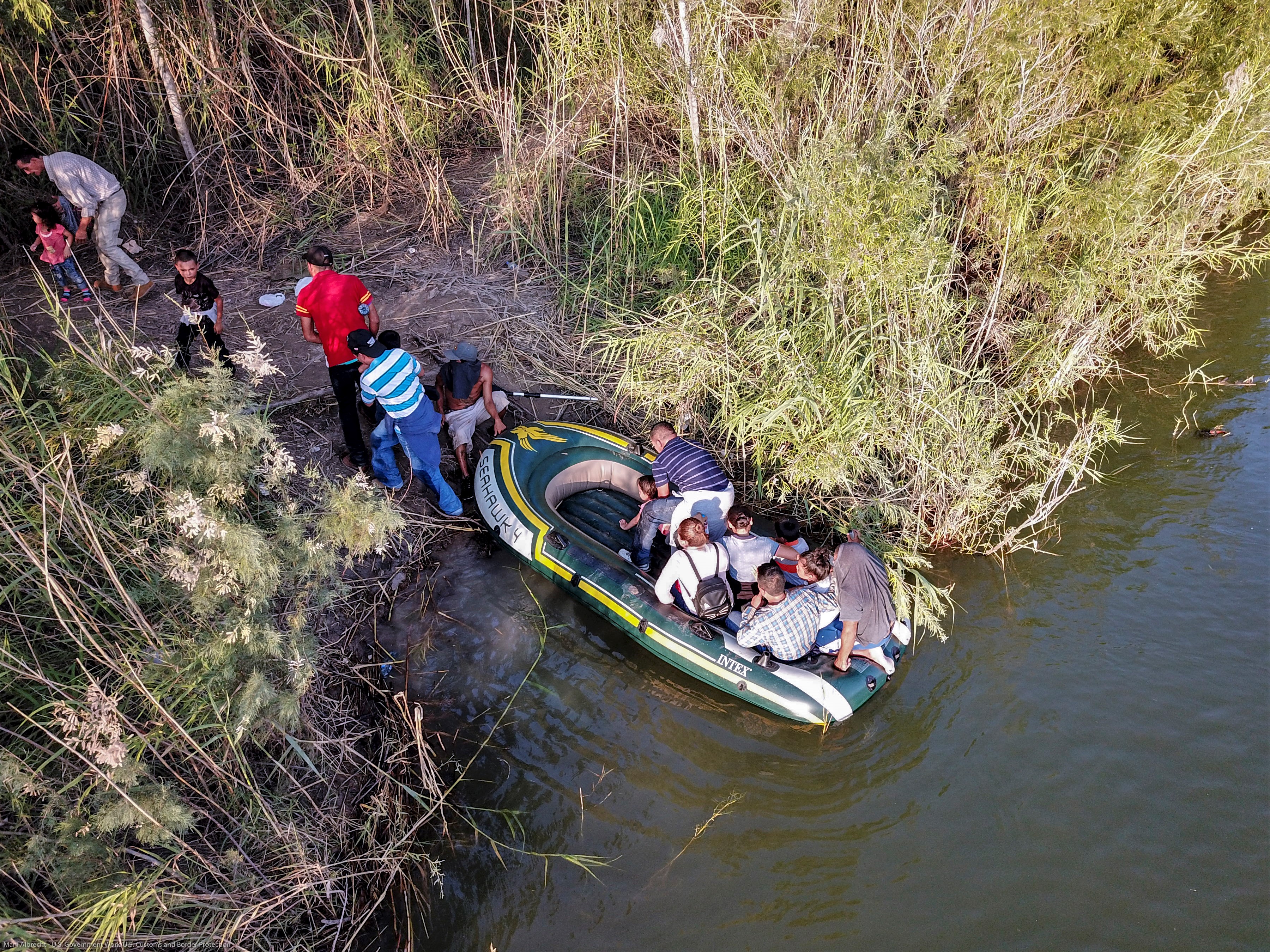
It’s a situation Border Patrol Agent Hermann Rivera faced far too often: an adult illegal alien approaching him with a child in tow, seeking asylum in the United States.
“He initially stated that the child was his kid,” Rivera said. But after carefully checking his documents and pressing the issue, the man admitted the truth. “’I’m not sure whose child this is,’” Rivera said the man told Border Patrol agents when he finally revealed the truth.
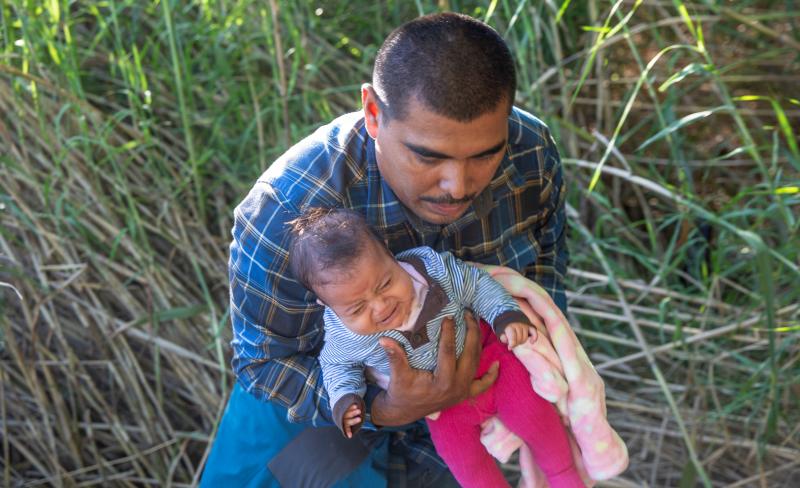
in rubber boats near Los Ebanos, Texas, June 15.
Photo by Kris Grogan
It’s something that has happened thousands of times in the past year. In fact, Border Patrol agents identified more than 6,200 fraudulent family members in fiscal year 2019, which runs from Oct. 1, 2018 through Sept. 30, 2019. This is at a time when Border Patrol agents apprehended over 473,000 people who presented themselves as a family unit.
The reason so many are making the perilous journey through Mexico with a child – whether it’s a fraudulent family or a biological parent or legal guardian – is obvious: many before them were allowed to stay in the United States despite their illegal entry across the border. In the recent past, CBP could hold most families just a few days before releasing them into the U.S. or transferring them to Immigration and Customs Enforcement, who by a 2015 court order had to release families into the United States within 20 days. The result was that these families were able to remain in the U.S. – often indefinitely.
During a news conference Oct. 29, in El Paso, Texas, Acting Commissioner Mark Morgan explained the role of transnational criminal organizations in driving the surge in illegal migration. “[Illegal aliens] were coached and mentored and given what to say by the cartels and the human smuggling organizations: You grab a kid, and that is your U.S. passport,” said Morgan. “That will guarantee you entry into the United States. And guess what, they were right.”
But at the end of September, the Department of Homeland Security launched a series of initiatives to effectively enforce the law and instill integrity into the immigration system. The government of Mexico also ramped up immigration enforcement efforts along their borders and smuggling corridors.
That led Acting Commissioner Morgan to announce “We have essentially ended catch and release along the Southwest Border,” during the news conference in El Paso.
“Mass releases of processed, non-criminal families into the U.S. was the only option we had to keep up with last year’s record apprehension levels,” said Chief of the U.S. Border Patrol Carla Provost. “We know smuggling organizations tried to exploit this to use children as a commodity to facilitate their release into the U.S. Now, with the tools we have in place to stop the release of families, we are removing the incentive to exploit children in this way.”
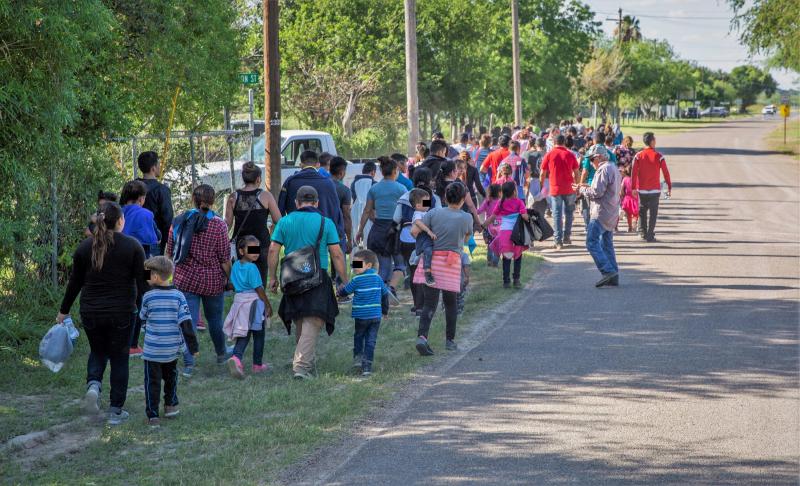
When “catch-and-release” was still in effect, transnational criminal organizations found a new way to profit from smuggling and exploiting immigrants, and that money funded – and continues to fund – other illicit activities, such as drug smuggling into the United States, Acting Commissioner Morgan said during the Oct. 29 news conference. “We’re closing the loopholes that are driving these individuals to turn their lives over to the cartels to be abused and be treated as nothing more than a commodity, diminishing the smugglers’ abilities to make billions of dollars on [illegal aliens’] backs. The message that is going out now, for the first time in a long time: If you grab a kid, it’s NOT an automatic passport into the United States.”
The new demographic of families and unaccompanied children posed new challenges for the Border Patrol, as its facilities were built to process adult males from Mexico – historically the predominant demographic apprehended crossing the Southwest border. These single, adult males were easier to process and quickly returned to Mexico.
Caught in between are the children being exploited – by strangers and their own families.
“The children don’t have any say if they want to come or not. The parents are using that child as their ticket,” said Rivera, a parent himself. He also pointed to how families risk their children’s lives either by bringing those kids with them or by “renting” a child to a stranger who travels thousands of miles on a dangerous journey just to improve that person’s chances of being released into the U.S. “Why would anybody put their child at risk to do that?”
Rivera said the first thing Border Patrol agents do when encountering illegal aliens – especially children – is check on their physical condition: Do they need water? Are they hungry? Do they need medical help? Most of all, they make sure people in custody are treated with dignity and respect. “We treat them the way we want to be treated,” he said.
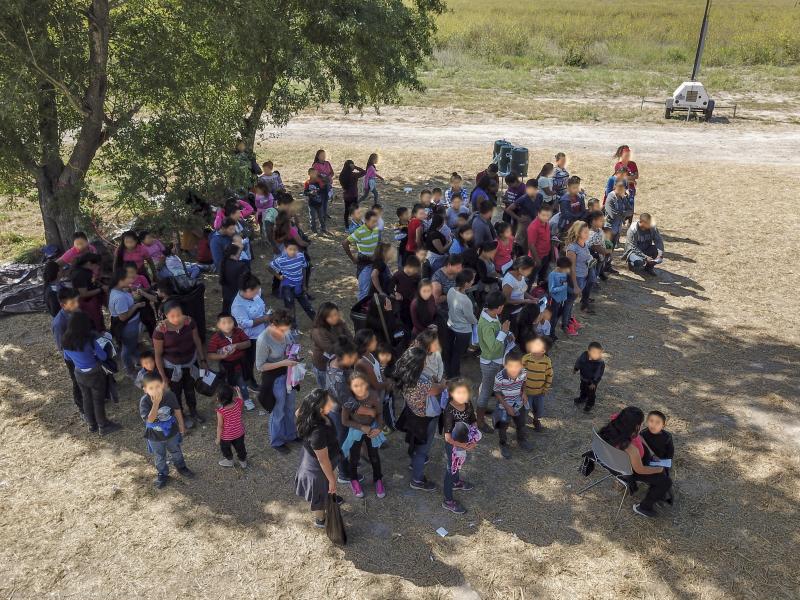
After making sure their immediate needs are met, illegal aliens – including the families with children – are transported to a border station: a processing center of sorts, where families are held typically for 72 hours or less before they are handed off to Immigration and Customs Enforcement or, as is the case now, sent back to Mexico. During that time of custody, CBP maintains a high level of care, especially for the children in their charge, and ensures actual family members are identified.
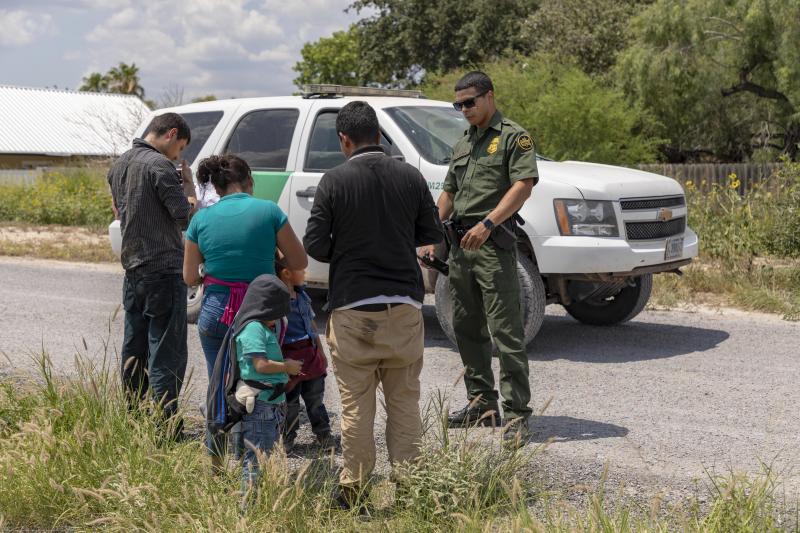
after they crossed the Rio Grande in a raft. Photo by Mani Albrecht
“We’re trained to find those fake family units because that child could be trafficked,” said Border Patrol Intelligence Agent Edward Delgado, one of the many people who work at the central processing center in Texas’ Rio Grande Valley trying to root out the fraudulent claims. “[The child] could be recycled to some other adult in Central America or alien smuggling organizations using them for some other means just to get more money out of [that child].”
He said careful observations are part of what agents use to determine if a child actually belongs to an adult.
“Each of us goes into the holding areas of the family units, and we look at their documents, the children’s demeanor and interaction with the [alleged parents], and we look for fathers with young infants – 5 or 6 months old,” Delgado said. He added Border Patrol agents work closely with their Homeland Security Investigations colleagues to evaluate the families, including any documents they present as proof of the parent-child relationship.
If someone is caught with a fraudulent document, others coming from the same village or community are more closely scrutinized since it’s often a racket perpetrated at the source. In May, at the height of the apprehensions, Border Patrol agents caught an average of 285 fraudulent families each week. They’re continuing to catch the fraudulent families, even though the numbers are down due to overall apprehensions being lower right now. “We still continue to find these fraudulent documents and fake family units.”
Delgado himself saw several times children being “rented out” to help illegal aliens try to game the system.
“The parents are poor, and a stranger offers to pay them $1,000 to use their child, that parent is going to go for that incentive,” Delgado said. “You have a child’s life in a stranger’s hands.”
He reiterated the scrutiny is to protect the U.S., as well as the exploited children.
“We’re here to determine who the real biological parent is,” he said. “We’re trying to take care of that child.”
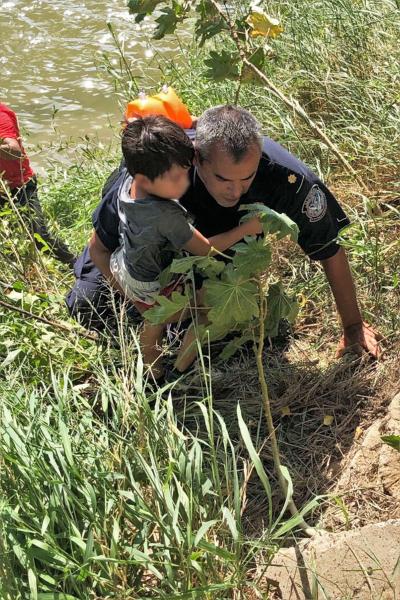
Rio Grande, one of a group of people pinned
in the middle of the river due to the strong
currents, July 21. Over 700 CBP officers were
temporarily deployed to the Southwest border
in 2019 to augment Border Patrol agents who
were overwhelmed by the volume of illegal
cross border activity. Photo by CBP Officer
Oscar Parra.
Furthermore, CBP is committed to the health and safety of the children in its custody. Henry Moak is CBP’s Chief Accountability Officer and Juvenile Coordinator. He conducts both announced and unannounced inspections at the holding facilities CBP maintains along the Southwest border to monitor compliance with the Flores Settlement Agreement. That 25-year-old agreement established a nationwide policy for the detention, release, and treatment of minors in CBP and ICE custody. During the past year, Moak inspected the facilities and conducted more than 60 voluntary interviews with adults and children to ensure appropriate treatment consistent with the terms of the agreement. Overall, Moak believes CBP continues to use all available resources to ensure the agency substantially complies with the agreement.
Moak said CBP continues to strike a balance between its law enforcement mission and its humanitarian commitment, considering how officers and agents face this huge influx of illegal aliens and the unique challenges caring for families, especially small children, brought. “CBP has done miraculous work, knowing the flow [of illegal immigrants] changed so dramatically this year,” he said.
Moak pointed out a conversation he had with an agent at one Border Patrol station with a large number of families and unaccompanied children and how that large number of families forced them to take agents off patrol. Border Patrol officials said 40-60% of staff have been dedicated to humanitarian efforts.
Delgado emphasized, that despite being pulled in different directions, all agents have the children’s best interests at heart.
“We’re all fathers. We’re not mistreating children,” he said. “I see agents comforting kids. We try to comfort them as a father would,” adding when they see a sick child, they immediately take that child to get medical care.
Rivera said if potential migrants think they have a legitimate asylum claim, they should consider all legal options before they leave their home country. Bringing a child on a dangerous journey through Central America and Mexico only exposes them to hardships and suffering.
“These children are vulnerable; they’re actually the ones who need the help,” Rivera said. “They’re brought against their will, and they have no say in where they’re going, whether it’s mom or dad, aunt or uncle, or some stranger getting something out of it.”

